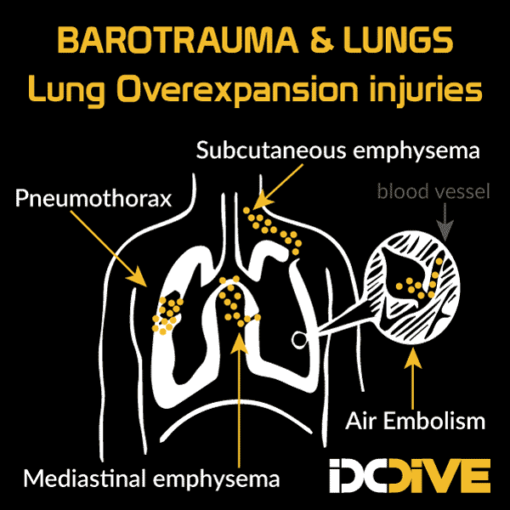
The most common identified triggers included exertion, panic, buoyancy problems, disorientation and confusion.

Almost all victims were using open-circuit SCUBA to breathe with compressed air as their sole gas supply. Most of the victims were males aged 50–69 years, and 11 were experienced divers. During the study period 25 diving-related fatalities were recorded. Each accident was analyzed in order to identify the trigger, disabling agent, disabling injury, and cause of death. Most data were obtained from the police technical reports and the forensic pathology service. All cases of diving deaths recorded on the coast of Girona (Spain) between January 2009 and May 2018 were analyzed. To describe the technical characteristics of fatal diving mishaps and to elucidate the causes of death using a sequence analysis and a multidisciplinary investigation of diving-related fatalities. Further studies are required to unravel the underlying pathophysiology and develop safer management strategies.

It presents unique challenges for invasive and non-invasive ventilation management. Also, a slightly higher odds of barotrauma was seen in COVID-19 ARDS compared with non-COVID-19 ARDS.ĬOVID-19 pneumonia is associated with a higher incidence of barotrauma. In addition, barotrauma was associated with a longer length of hospital stay, more extended ICU stay, and higher in-hospital mortality. The observational studies reported barotrauma in 4.2% (2.4–7.3%) among hospitalized patients 15.6% (11–21.8%) among critically ill patients and 18.4% (13–25.3%) in patients receiving invasive mechanical ventilation, showing a linear relationship of barotrauma with the severity of the disease. Fifteen studies were included in the quantitative analysis. We identified a total of 4488 studies after thorough database searching.118 case reports and series, and 15 observational studies were included in the qualitative analysis. Data analysis of case reports was done using a statistical package for the social sciences (SPSS) version 22, and meta-analysis was performed using CMA-3. We conducted this systematic review and meta-analysis to assess the value and significance of the available data.Ī thorough systematic search was conducted to identify studies of barotrauma in hospitalized patients with COVID-19.


Based on our study, inclusion of an increased pattern of air spaces as a possible diagnostic criterion for pulmonary barotrauma would be useful in discerning the cause of diving death.Īn ever-increasing number of studies have reported an increased incidence of spontaneous pulmonary barotrauma such as pneumothorax, pneumomediastinum, and subcutaneous emphysema in patients with COVID-19. The mean area occupied by air spaces and the mean percentage of air space were the most useful for discriminating pulmonary barotrauma from other causes of death (100% sensitivity and 91.7% specificity). However, differences were observed in the area occupied by air spaces and the percentage of air space area when we compared the case group to the controls ( p < 0.01) and there was a slight difference in the maximum and minimum diameters of air space ( p < 0.05). No significant differences were observed in the characteristics of the air spaces between control groups (positive and negative). For negative controls, six cases of non-SCUBA divers (mean age of death of 42 years, range of 23–55 years) who died of intracerebral haemorrhage were evaluated. The study was performed on lung parenchyma specimens of 12 divers: six had died due to arterial gas embolism following pulmonary barotrauma (mean age at death of 54 years, range of 41–61 years), and six had drowned in saltwater without a diagnosis of pulmonary barotrauma (mean age at death of 54 years, range of 41–66 years) (positive controls). The study aimed to evaluate the usefulness of a histomorphometric digital analysis in the detection of air space over-distension due to pulmonary barotrauma. Arterial gas embolism following pulmonary barotrauma occurs in 13–24% of cases of diving deaths.


 0 kommentar(er)
0 kommentar(er)
